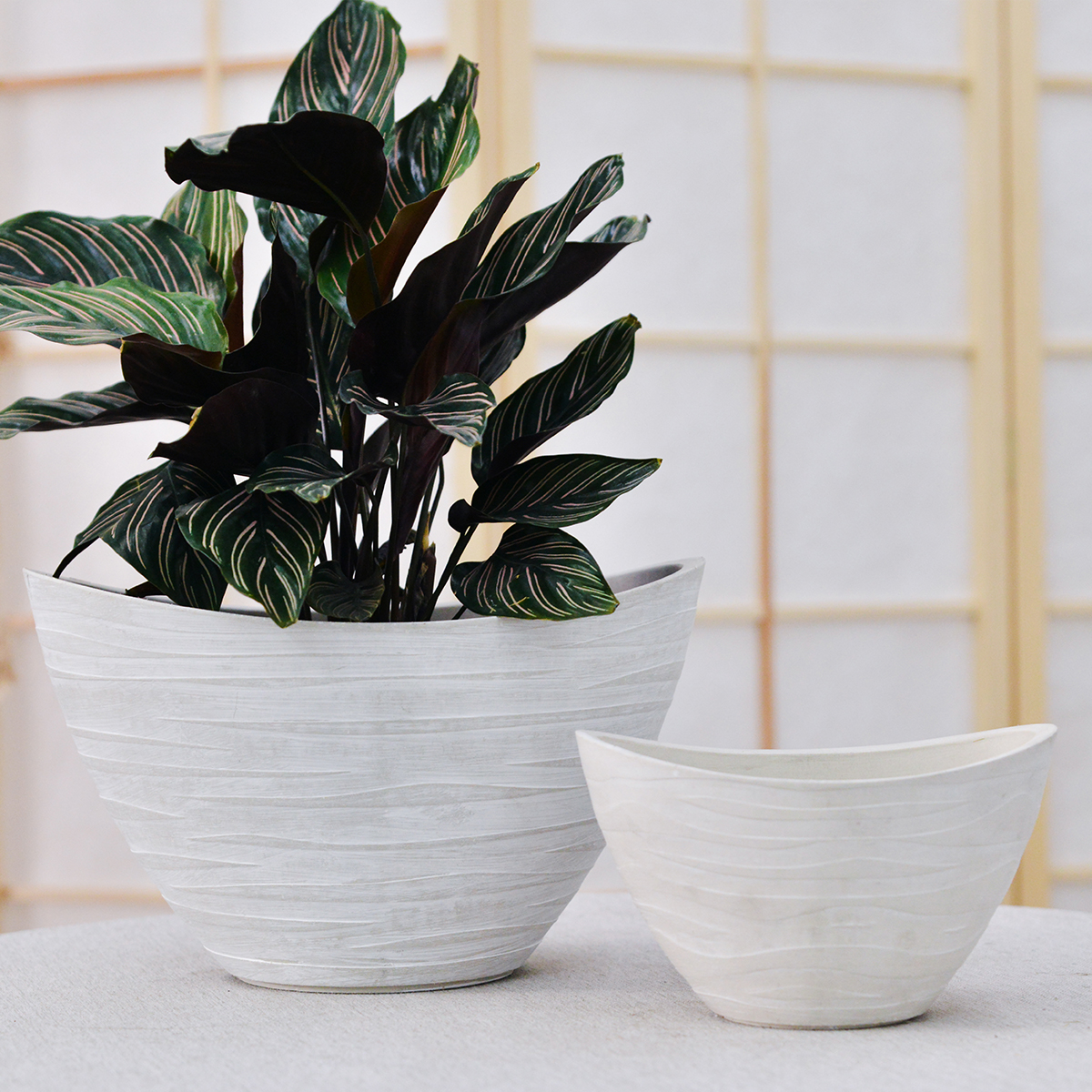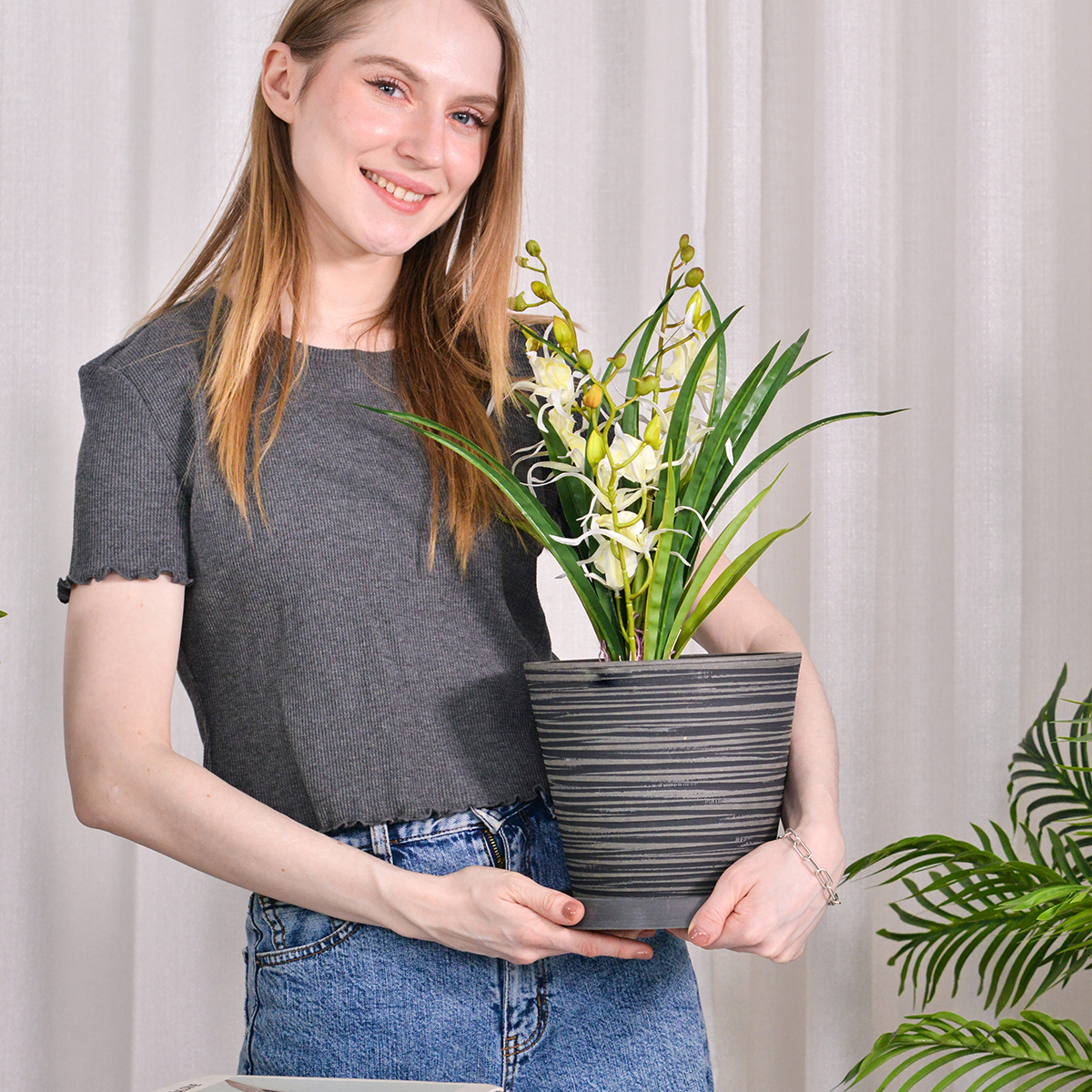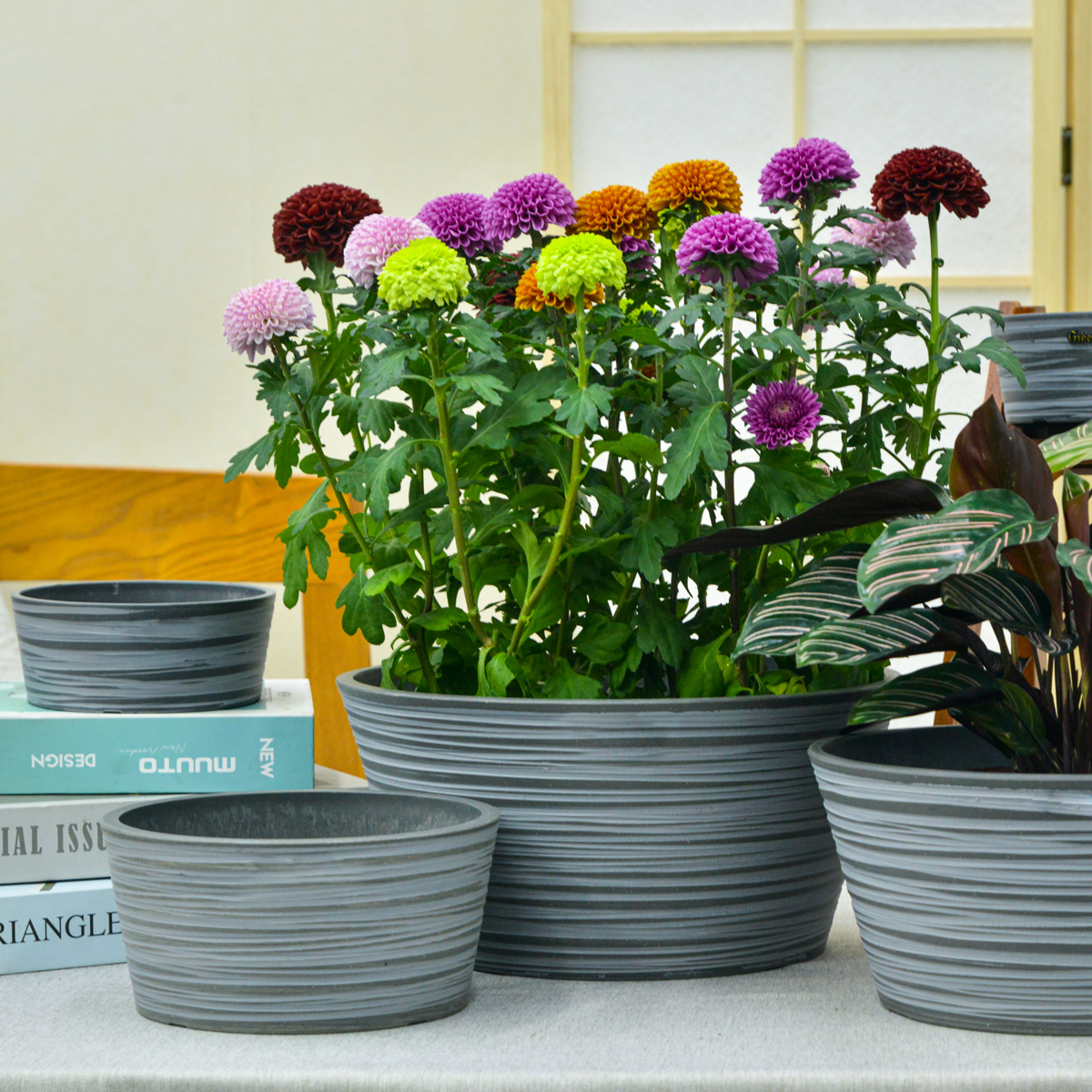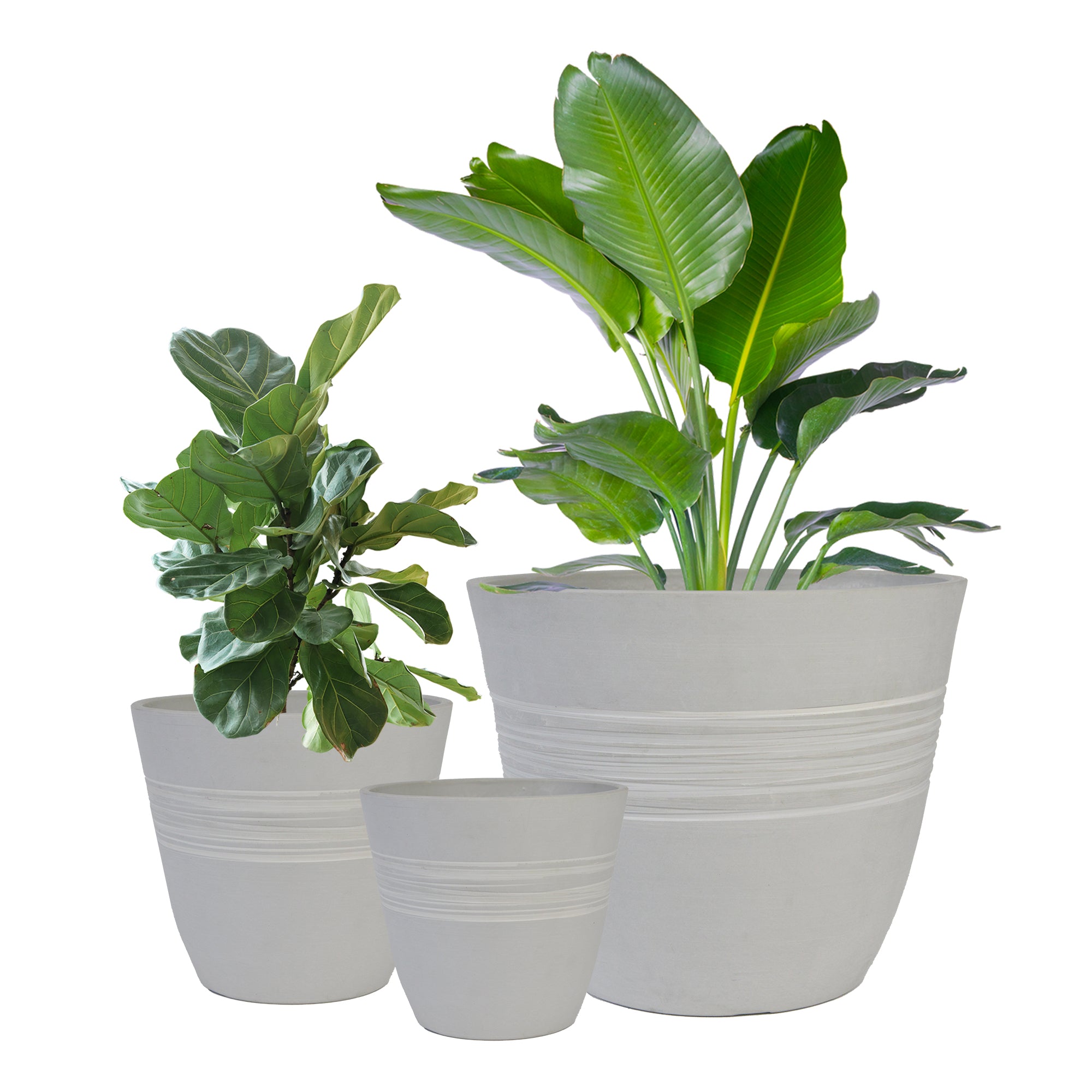The Magic of This “Miracle Plant” for Orchid Flowers!
Do you dream of your orchids bursting into a cascade of flowers, branches lush and vibrant, adding life and color to your home? Orchids are beloved for their elegance and sophistication, but coaxing them into abundant bloom can sometimes feel like a challenge. But worry not, the secret weapon is closer than you think! This article will reveal how to use a “miracle plant” to unleash your orchids’ blooming potential and witness them unfurl in breathtaking beauty.
Revealing the “Miracle Plant”: Sphagnum Moss
The “miracle plant” mentioned in this article is sphagnum moss. Sphagnum moss isn’t a true moss, but rather the dried product of Sphagnum moss, an aquatic plant. It boasts incredible water retention and breathability, making it an ideal growing medium for orchids. Sphagnum moss not only provides essential moisture to orchid roots but also ensures proper root aeration, preventing root rot and laying a solid foundation for healthy growth and blooming.
The Magic of Sphagnum Moss: Why Orchids Love It
- Exceptional Water Retention: Sphagnum moss can absorb over 20 times its weight in water and release it gradually, providing a sustained and stable moisture supply for orchids, especially beneficial for varieties with higher humidity requirements.
- Excellent Breathability: Unlike soil, sphagnum moss has a loose structure with excellent breathability, crucial for epiphytic orchids. Good aeration prevents root rot from waterlogging and promotes healthy root growth.
- Naturally Acidic Environment: Orchids generally prefer slightly acidic conditions, and sphagnum moss is naturally slightly acidic, aligning perfectly with orchid growing habits and aiding nutrient absorption.
- Lightweight and Easy to Use: Sphagnum moss is lightweight, easy to handle, clean, and less prone to pests and diseases, making it perfect for home gardening.
How to Use Sphagnum Moss to Encourage Orchid Blooming
Prepare High-Quality Sphagnum Moss: Choose dry, high-quality sphagnum moss with a light brown or golden color. Before use, soak the sphagnum moss in clean water until fully hydrated and expanded. Gently squeeze out excess water, leaving it moist but not dripping.
Choose Suitable Pots: Orchid pots should be well-draining, such as terracotta, ceramic, or plastic pots. Ensure pots have drainage holes for proper drainage and ventilation.
Steps for Planting Orchids in Sphagnum Moss:
- Unpot and Inspect: Carefully unpot the orchid and inspect the roots. Trim away any withered or rotten roots.
- Root Treatment: You can apply a small amount of fungicide or wood ash to the trimmed roots to disinfect them.
- Bottom Layer: Place a layer of coarse material, like clay pebbles or broken pottery, at the bottom of the pot to improve drainage.
- Sphagnum Moss Fill: Fill the pot with the soaked sphagnum moss, keeping it loose and airy, not packed too tightly.
- Plant the Orchid: Place the orchid plant in the center of the pot, holding it upright. Continue filling around the roots with sphagnum moss until the root system is completely covered. You can leave a slight space at the moss surface for easier watering.
- Post-Planting Care: Place the newly planted orchid in a cool, ventilated area to recover for a few days, avoiding direct sunlight. Gradually move it to a location with bright, indirect light.
Daily Care and Maintenance:
- Watering: Sphagnum moss has excellent water retention, so overwatering is unnecessary. Follow the “dry-out and thoroughly water” principle—water when the moss surface feels slightly dry. Water slowly and evenly, avoiding waterlogging. Misting can be used to increase air humidity.
- Fertilizing: Orchids need nutrient replenishment during their growing season. Use diluted orchid-specific fertilizer or fermented organic liquid fertilizer. Fertilize lightly and frequently, avoiding high concentrations that can cause fertilizer burn. During flower bud differentiation, you can appropriately increase phosphorus and potassium fertilizer to promote bud formation.
- Light: Orchids prefer bright, indirect light and should avoid direct sunlight. Provide shade during strong summer sun to prevent leaf scorching. In winter, when light is weaker, you can increase light exposure time.
- Ventilation: Good ventilation is crucial for healthy orchid growth, especially in hot and humid seasons. Ensure good ventilation to prevent pests and diseases.
Different Orchid Varieties’ Sphagnum Moss Preference
| Orchid Variety | Sphagnum Moss Preference | Characteristics | Sphagnum Moss Usage Recommendations |
| Phalaenopsis (Moth Orchid) | Very High | Well-developed aerial roots, prefers humid, airy environment | Highly suitable for pure sphagnum moss planting. Pay attention to watering frequency and avoid waterlogging. |
| Dendrobium | High | Epiphytic roots, prefers semi-shade and humid environment | Can mix sphagnum moss with a small amount of bark or coconut coir to increase breathability. Keep sphagnum moss moist. |
| Cattleya | Moderate | Developed pseudobulbs, relatively drought-tolerant | Sphagnum moss can be used as one of the planting mediums, but drainage needs attention. Mix with more bark or perlite. Water sparingly, avoiding prolonged dampness. |
| Oncidium | High | Fine roots, prefers warm, humid environment | Suitable for sphagnum moss planting. Keep sphagnum moss moist, avoid drying out. Increase watering frequency during hot summers. |
| Cymbidium (Chinese Orchid) | Moderate | Fleshy roots, prefers loose, airy environment, high breathability requirement | Sphagnum moss can be mixed in small amounts with other media, mainly granular media such as Akadama, volcanic rock. Maintain good breathability and drainage of the medium. |
Table Notes: The table above provides general advice; specific planting should be adjusted based on orchid variety, local climate, and personal care habits.
Frequently Asked Questions
Question 1: Are all orchids suitable for sphagnum moss planting?
Answer: Not all orchids are 100% suitable for pure sphagnum moss planting. As shown in the table above, different orchid varieties have varying preferences for sphagnum moss. Phalaenopsis, Dendrobium, Oncidium, etc., adapt well to sphagnum moss and can be planted in pure sphagnum moss. However, varieties like Cattleya and Cymbidium are more suited for mixed media to improve breathability and drainage. Understanding your orchid variety’s habits and choosing the appropriate planting medium is crucial.
Question 2: How often should sphagnum moss be replaced?
Answer: After a period of use, sphagnum moss will gradually decompose, and its breathability and water retention will decrease, while also becoming prone to bacteria and fungi growth. Generally, it’s recommended to replace sphagnum moss every 1-2 years. If you notice severe decomposition, compaction, or poor orchid growth, replace it promptly. When replacing sphagnum moss, also check the orchid roots, trim rotten roots, and disinfect the pot.
Question 3: Do orchids planted in sphagnum moss still need fertilization?
Answer: Yes, even when planting orchids in sphagnum moss, fertilization is still necessary. Sphagnum moss itself provides limited nutrients. Orchids need sufficient nutrient supply to grow healthily and bloom. During the orchid’s growing season, fertilize regularly to supplement the nitrogen, phosphorus, potassium, and other elements needed for orchid growth. Choose orchid-specific fertilizer or diluted organic liquid fertilizer, fertilizing lightly and frequently to better meet the orchid’s nutritional needs.
Question 4: Why doesn’t my orchid bloom even with sphagnum moss?
Answer: There are many reasons why orchids may not bloom. Sphagnum moss is just one factor influencing blooming, not the only determining factor. Besides the planting medium, the following factors can also affect orchid blooming:
- Insufficient Light: Orchids need enough indirect light for photosynthesis, accumulating nutrients, and promoting flower bud differentiation. Insufficient light can lead to leggy growth and lack of or reduced blooming.
- Unsuitable Temperature: Orchids need suitable temperature conditions for blooming. Temperatures that are too high or too low can affect flower bud differentiation. Different orchid varieties have slightly different temperature requirements, needing adjustment based on the specific variety.
- Lack of Flower Bud Differentiation Stimulus: Some orchids need certain low-temperature or drought stimuli to initiate flower bud differentiation. For example, Phalaenopsis orchids need to experience a period of low temperature stimulation in autumn and winter to bloom. Understand the flower bud differentiation conditions of the orchid variety you are growing and create corresponding environmental conditions to encourage blooming.
- Insufficient or Imbalanced Nutrients: Orchids need sufficient nutrients for blooming, especially phosphorus and potassium fertilizers. Long-term nutrient deficiency or imbalanced fertilization can lead to orchid malnutrition, lack of blooming, or poor blooming quality.
- Pests and Diseases: Pests and diseases can also affect healthy orchid growth and blooming. Regularly inspect orchids and control pests and diseases promptly upon discovery.

Summary
Sphagnum moss, as a natural orchid growing medium, has unique advantages, providing a good growing environment for orchids and promoting abundant blooming. However, sphagnum moss is not a panacea. To grow orchids well, it’s essential to combine it with other care and management measures, such as proper watering, fertilization, light, and ventilation. Only by comprehensively considering various factors can you help your orchids bloom in their most beautiful form. Hopefully, this article can help you better utilize sphagnum moss and grow healthy and beautiful orchids!
20YB
By greenship|2024-08-16T05:37:57+00:00August 16, 2024|Categories: Hand-carving Series|
K2-11T
By greenship|2024-08-13T04:21:25+00:00August 13, 2024|Categories: Hand-carving Series|
k2-21G
By greenship|2024-08-13T06:17:26+00:00August 13, 2024|Categories: Hand-carving Series|
11THD
By greenship|2024-08-13T02:52:20+00:00August 13, 2024|Categories: Hand-carving Series|
Plant Pots 6 inch 8 inch 12 inch for Indoor Outdoor Plants, Set of 3 Modern Decorative Planter with Drainage Hole, Decorative Flower Pots
By greenship-seo|2025-04-10T06:38:40+00:00January 16, 2025|Categories: Hand-carving Series|Tags: Decorative Flower Pots|
HS
By greenship|2024-08-13T06:45:17+00:00August 13, 2024|Categories: Hand-carving Series|






